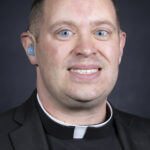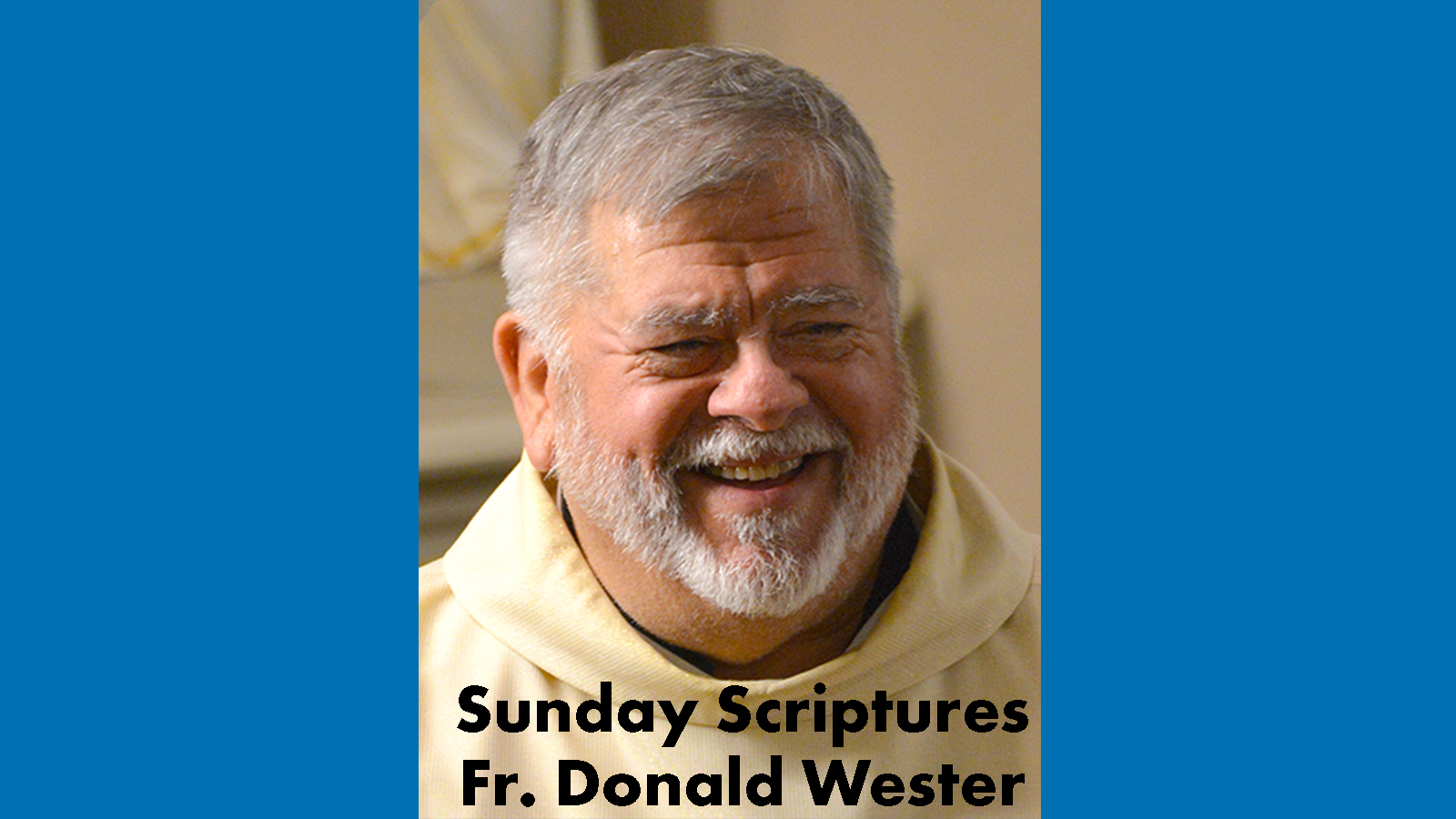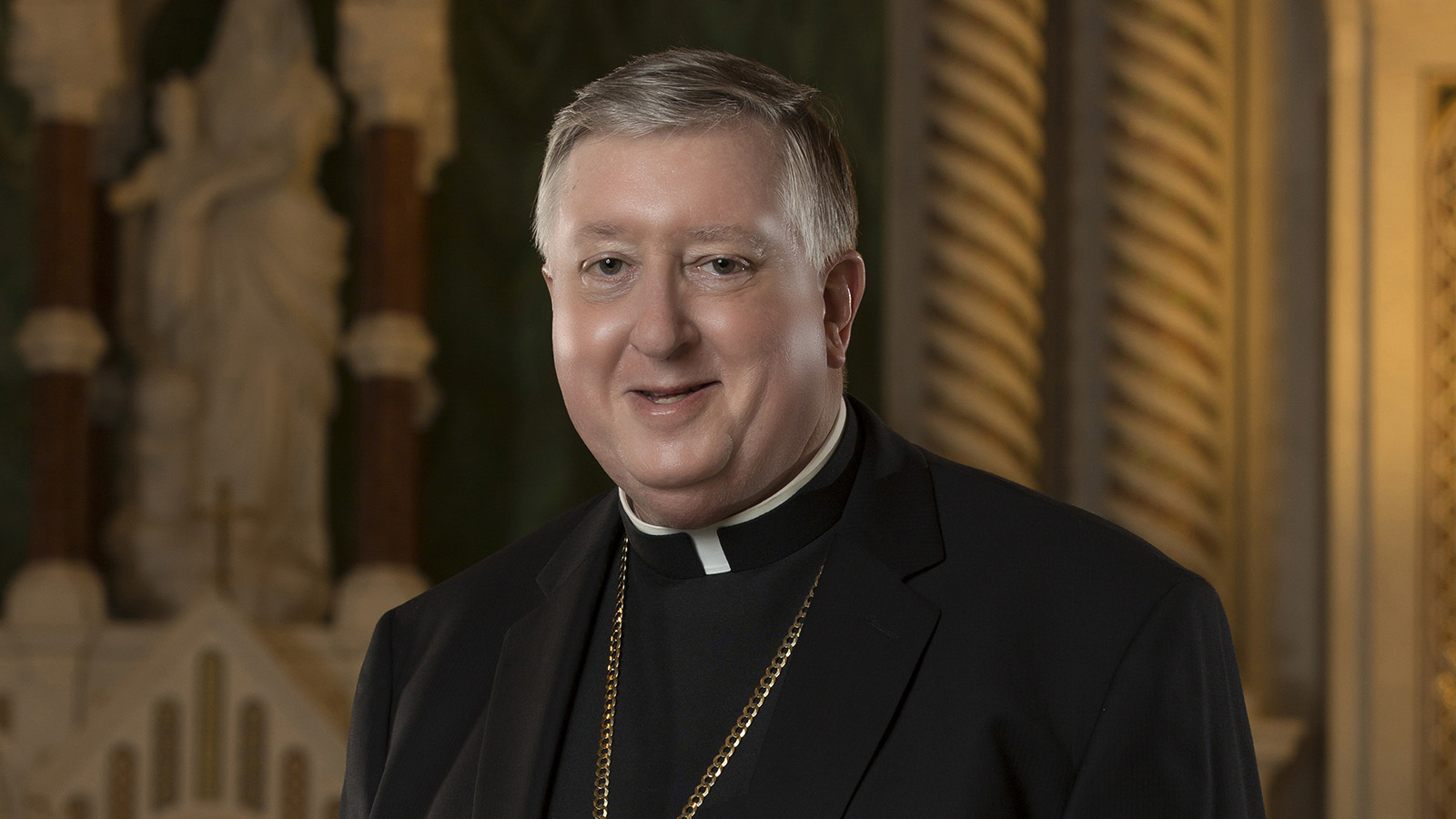DEAR FATHER | Our belief in the resurrection informs how we treat the remains of loved ones
How should we respectfully handle the remains of cremated love ones, and is there a difference between cremated remains and relics of saints?

The Catholic Church traditionally did not permit cremation, as in Roman times the practice of cremation was seen as a rejection of the belief in life after death. This Church teaching continued until the last few decades, beginning with a formal provision for the committal or entombment of cremated remains, and then later a permission to have the cremated remains present at the funeral liturgy.
The Congregation for the Doctrine of the Faith released a document in 2016 (“Ad Resurgendum cum Christo”) which states that “the Church continues to prefer the practice of burying the bodies of the deceased, because this shows a greater esteem towards the deceased. Nevertheless, cremation is not prohibited, ‘unless it was chosen for reasons contrary to Christian doctrine.’”
The important point here is our belief in the resurrection. It might seem fairly obvious, but it’s amazing how little we can dwell upon our belief in heaven. We tend to speak about heaven a lot in our prayers, music, movies, literature, etc., but there can, at times, seem to be a distance between the concept of heaven and our life here and now. “I’ll think about heaven later when I’m older” can be a common thought. But we profess our belief in the resurrection every time we pray the Apostles or Nicene Creed. We believe and hope that after our earthly death and the final judgment, we will be in the presence of God, glorified-body and soul, in heaven.
After the death of someone, we continue to treat their body with dignity and respect because of our belief in the final resurrection. The cremated remains of an individual are to be treated with the same dignity and respect that we would show a deceased person’s body. The Church teaches that the deceased’s body or cremated remains should be buried in a cemetery or placed in another holy site such as a church, mausoleum or columbarium.
The Church document “Ad Resurgendum cum Christo” also states that “the conservation of the ashes of the departed in a domestic residence is not permitted” and that “[i]n order that every appearance of pantheism, naturalism or nihilism be avoided, it is not permitted to scatter the ashes of the faithful departed in the air, on land, at sea or in some other way, nor may they be preserved in mementos, pieces of jewelry or other objects.”
We profess our belief in the resurrection of the dead, including the body, so we must make sure that we live this belief in all that we do, including how we choose to treat the remains of loved ones after they have passed away.
Lastly, in regard to the bodies of canonized saints, there are a number of cases where certain body parts or organs of canonized saints have been removed or separated and sent to different churches or shrines for veneration. This has been done always with the intention of enriching the prayer and devotion of believers. These relics are to always be treated with great reverence and are housed in places of worship, not private residences.
This November, let us remember the importance of praying for the souls of the faithful departed, and through the mercy of God, may they rest in peace.
Father Dan Kavanagh is director of the Catholic Deaf Ministry in the Archdiocese of St. Louis.



